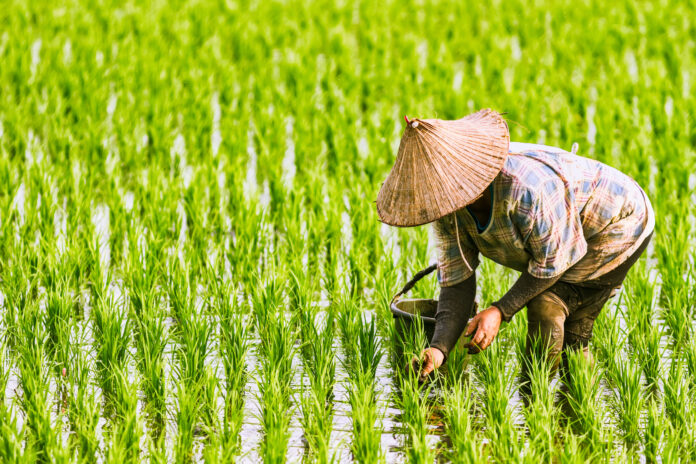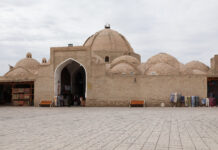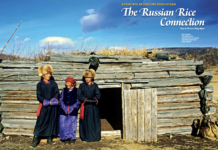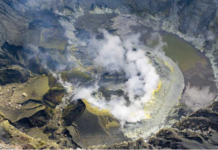Rice is a staple food consumed by half the planet, with Asia being responsible for over 90 percent of rice consumption. But did you know that rice has many, many more uses aside from being a versatile ingredient in numerous dishes? Here are 5 of its forms and their handy applications in everyday life.
Text by Khong Swee Lin
Images from Shutterstock
1. RICE PORRIDGE
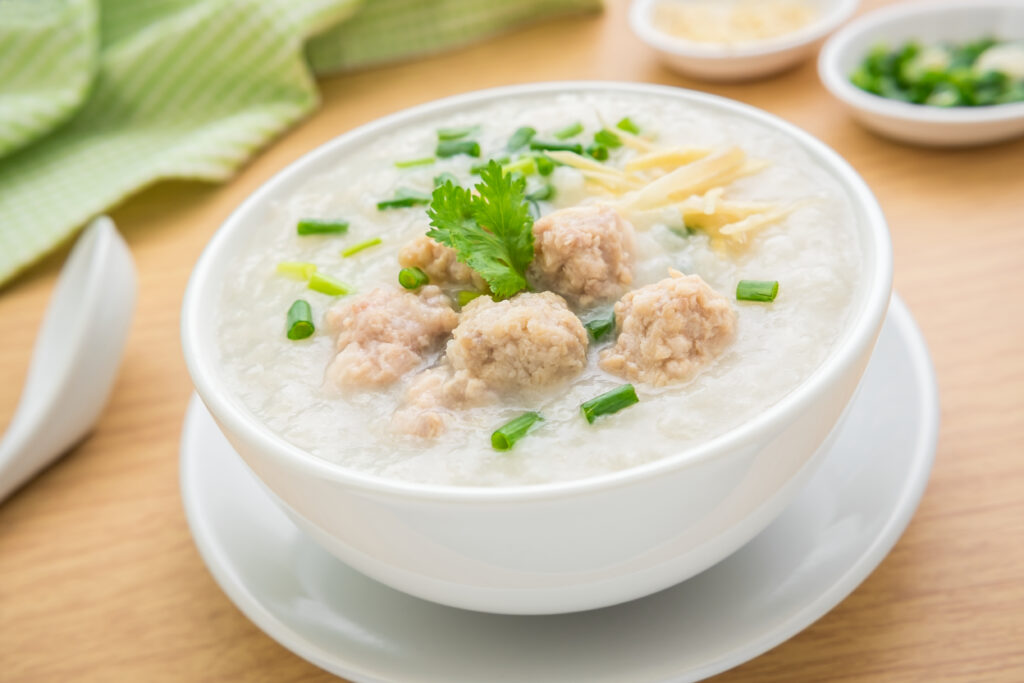
A weak or damaged digestive system responds positively to rice porridge, strengthening the spleen, relieving indigestion, rehydrating the body, and nourishing the blood. It is also prescribed for the elderly or the chronically sick. Traditional Indian medicine used rice gruel to treat diarrhoea and dysentery, as food for convalescents and invalids.
2. RICE HUSKS
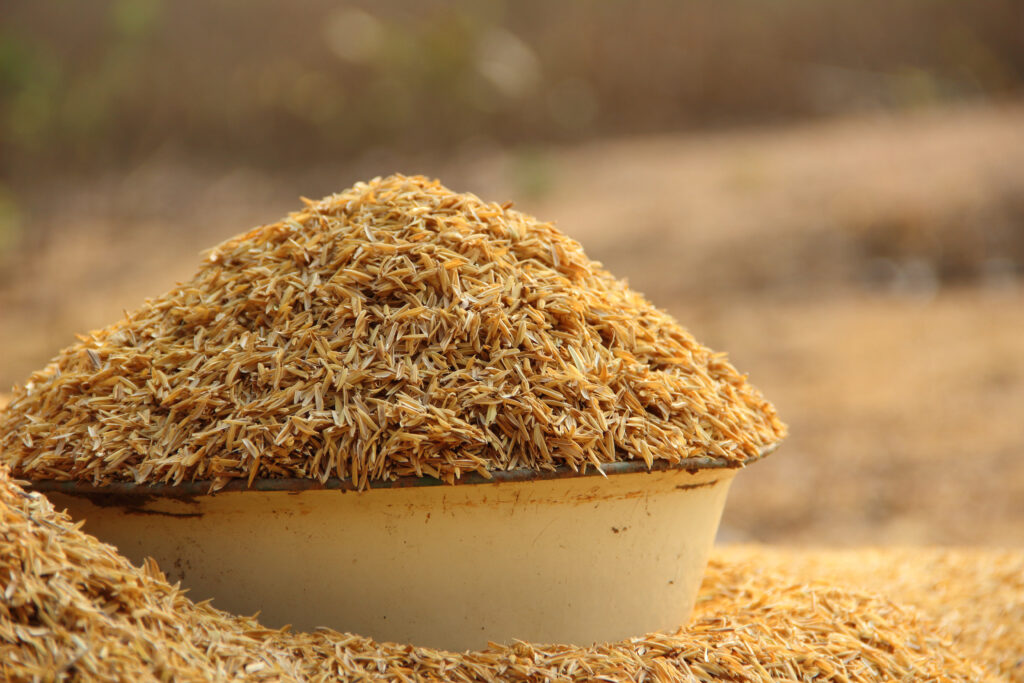
In Cambodia, rice husks aren’t discarded; they are used not only to produce electricity but also as a local remedy for dysentery.
3. RICE POWDER
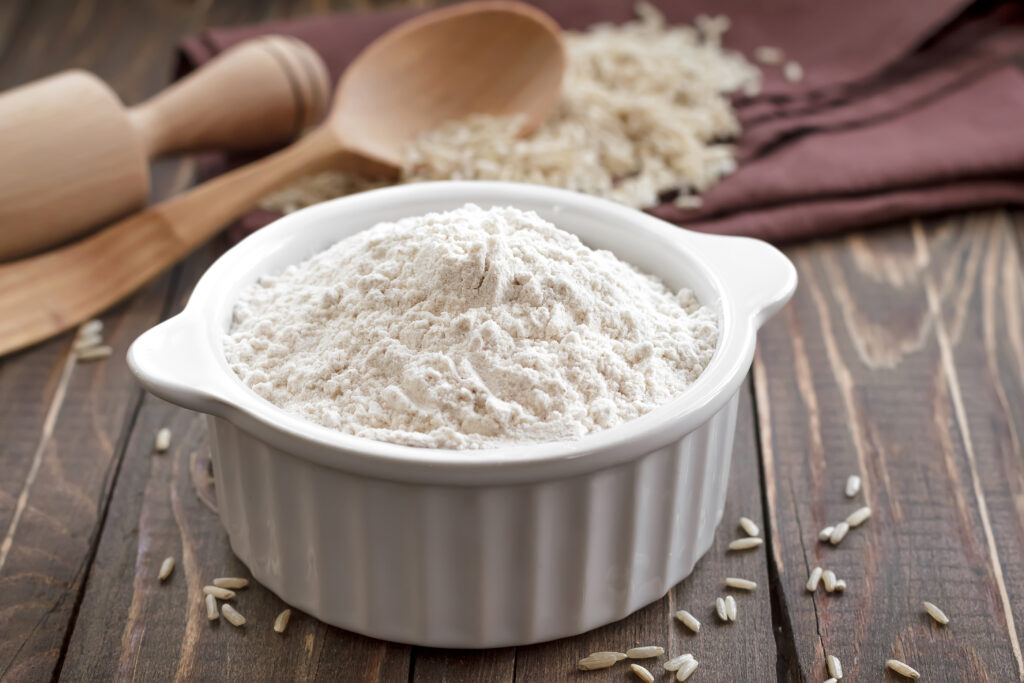
Diaper rash, or diaper dermatitis, has been the bane of many young mothers’ lives. But it may be a good idea to resist the urge to rush to a pharmacy to search for a proprietary remedy when a cost-effective and natural solution might be within the confines of the kitchen. It has been suggested that certain skin complaints might instead respond to an application of rice dust or powder – perhaps not surprising since the primary ingredients in rice have been found to have anti-inflammatory and antioxidant properties.
A bottle of bedak sejuk, or cooling powder, is a traditional Malay cosmetic made from naturally fermented rice powder. Surprisingly, it is still part and parcel of many Southeast Asian ladies’ beauty routines, whether Malaysian, Indonesian, Bruneian or Singaporean. It is slathered over the face as a mask and usually left on overnight, before washing it off the next day. The mask is said to soften and lighten the skin, protect from the effects of ageing, and even heal minor skin irritations.
4. RICE BRAN
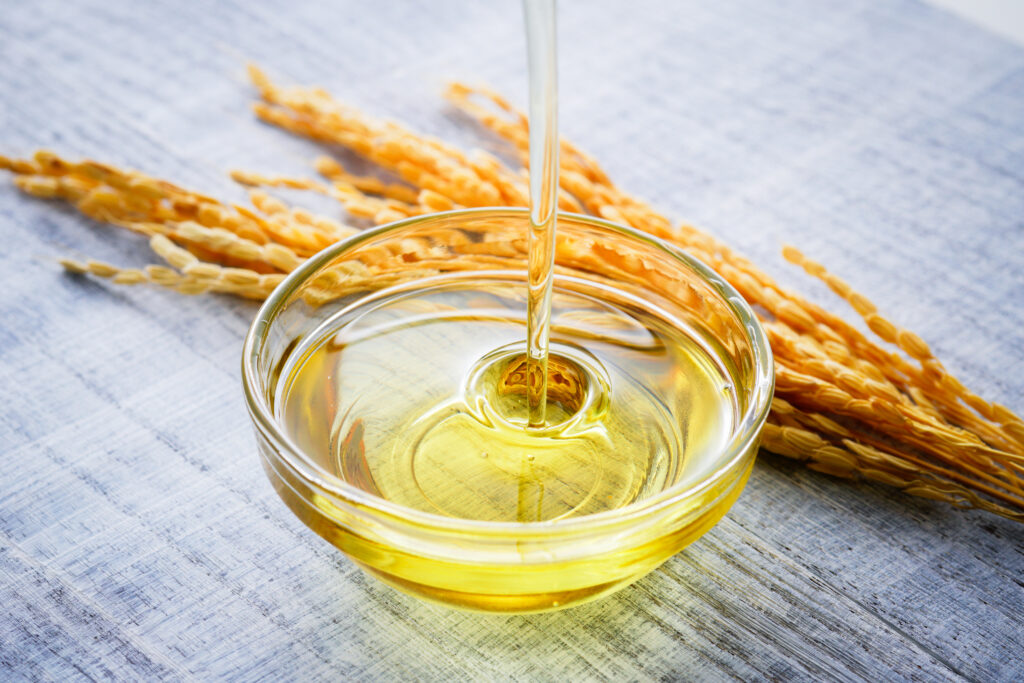
Filipinos use rice bran to overcome beriberi, an inflammatory condition caused by a vitamin B1 deficiency.
5. RICE WATER
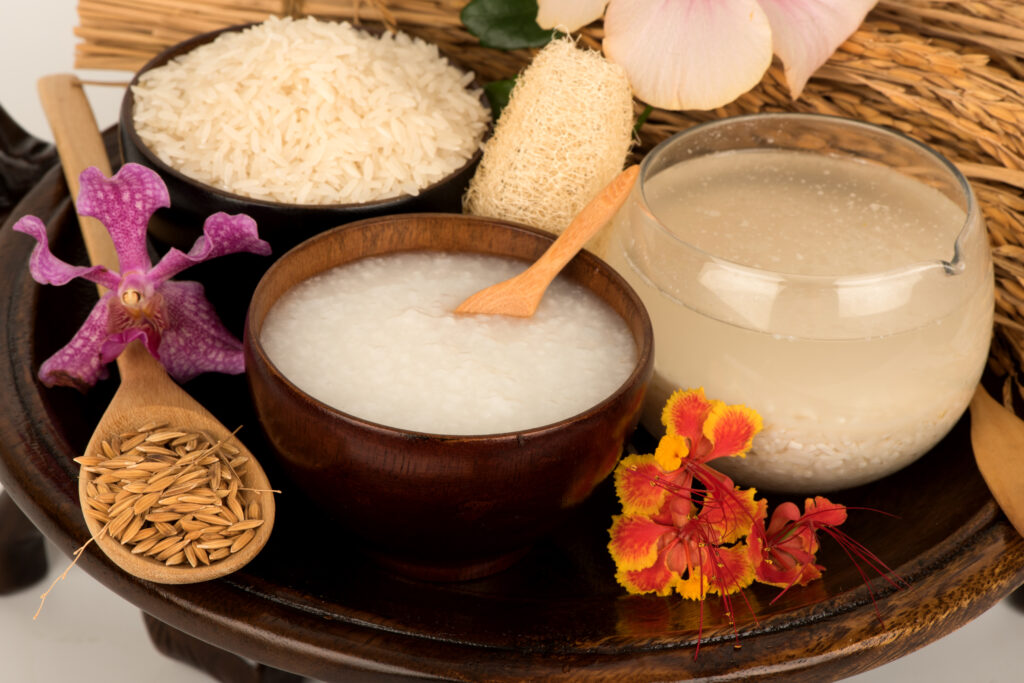
Fermented rice water is the water in which rice has been soaked, strained, and left to rest overnight, before being transferred into glassware and refrigerated.
Rice water is not only starchy but nutrient-rich, containing antioxidants such as inositol, vitamins B and E, magnesium, manganese, zinc, and amino acids. These are all beneficial for the hair and skin. Inositol is a known component of treatments for damaged hair.
Rice water is believed to reduce the action of the enzyme elastase, thereby reducing wrinkles or lines, soothing irritated skin, and rejuvenating tired skin.
Fermented rice water contains pitera, a yeast strain and natural byproduct that is rich in amino acids and minerals. This aids in the regeneration of cells and slows down the ageing process.
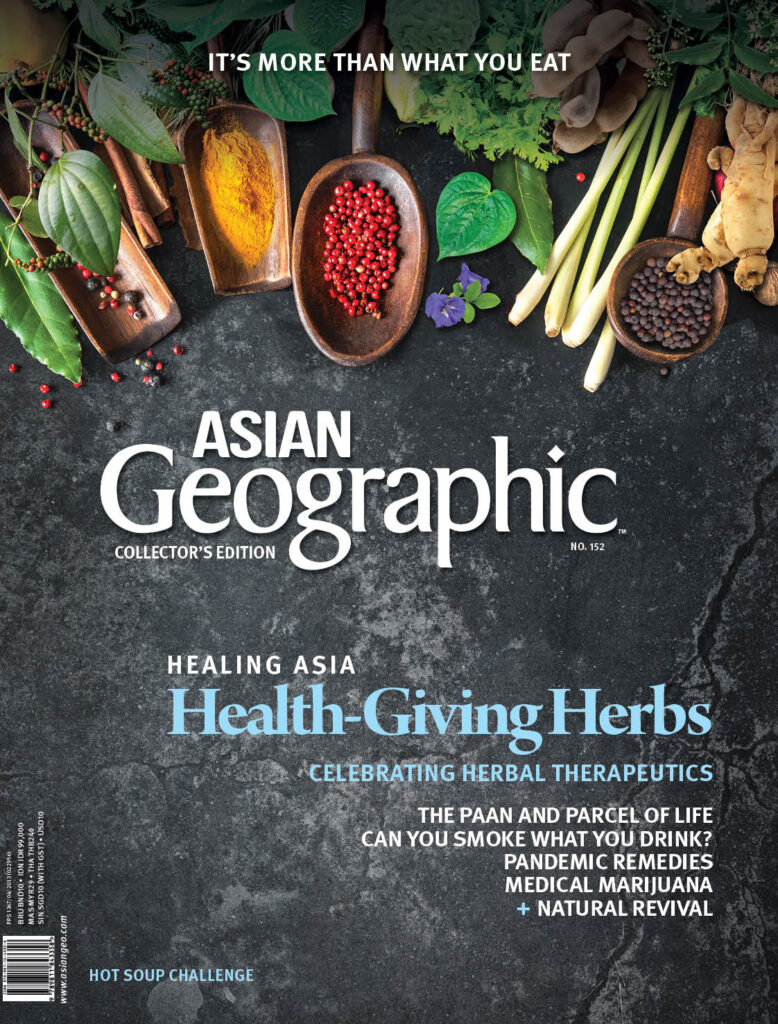 To learn more about the diverse properties and usages of many other herbs across Asia, get your copy of Asian Geographic Issue 1 / 2022 here.
To learn more about the diverse properties and usages of many other herbs across Asia, get your copy of Asian Geographic Issue 1 / 2022 here.
Subscribe to Asian Geographic Magazine here or for more details, please visit https://www.shop.asiangeo.com/.


